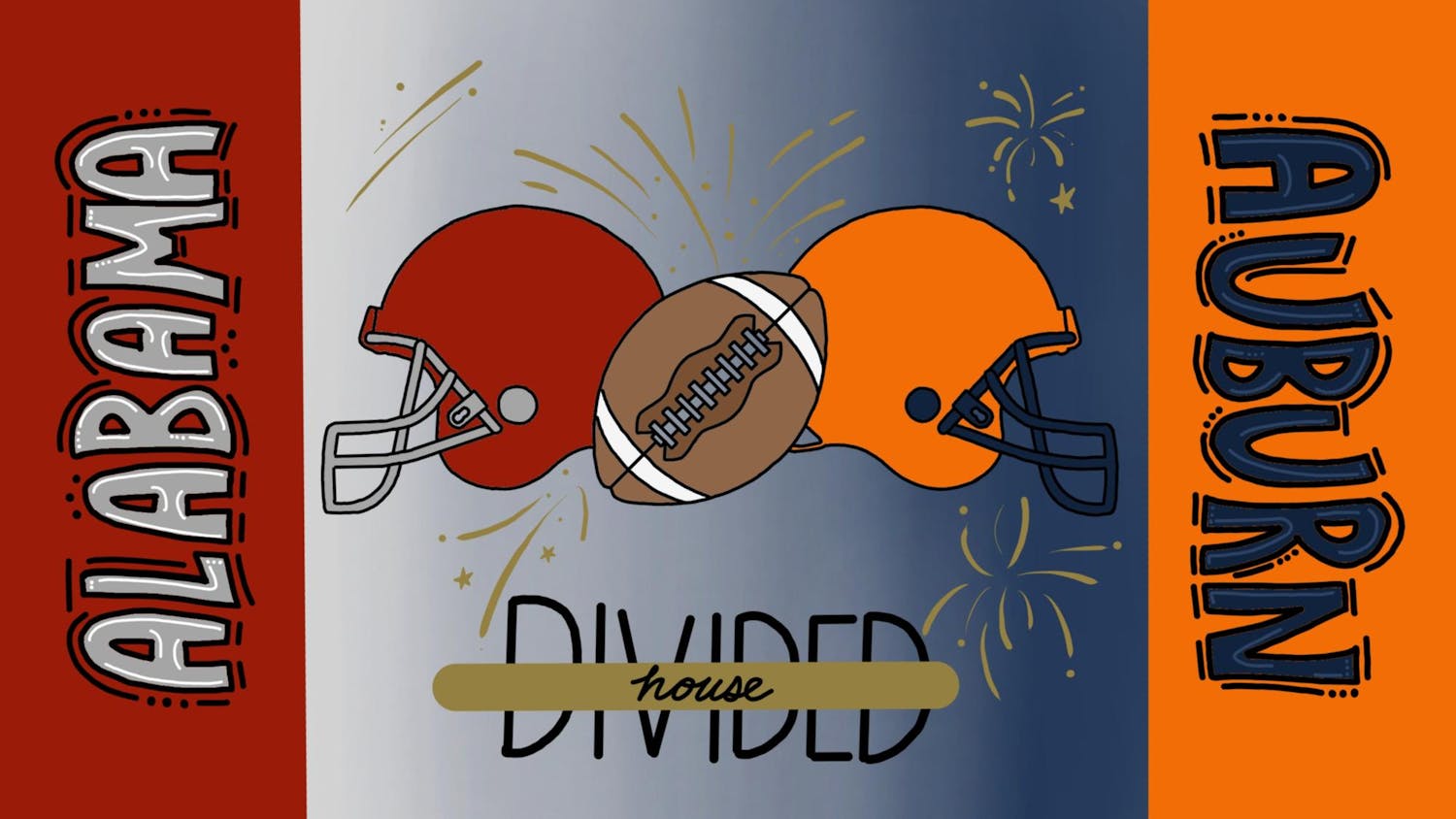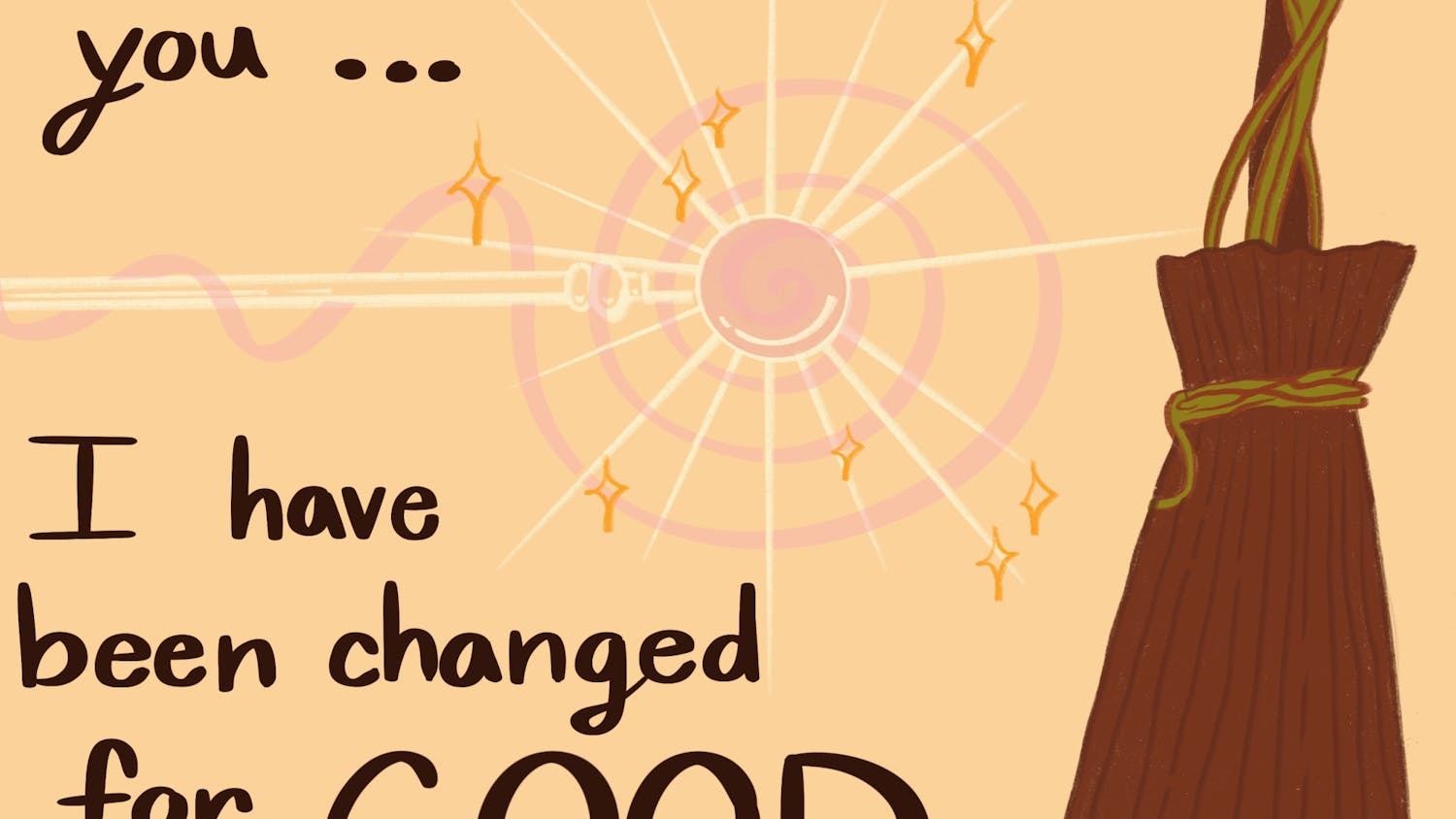This has been a record hurricane season in the Gulf and the Atlantic. So much so that climate scientists across America have been looking into the causes of these hurricanes being so close together. It is unlike anything history has seen before. Climatologist and Physical Geographer, Associate Professor for the department of Geosciences, Chandana Mitra said, “NOAA already predicted that this year we would have a larger number of tropical storms and hurricanes. However, in the span of about a month we saw 5 named hurricanes. It is unusual that so many storms can occur and form at around the same time. And all of them were so devastating to different parts of the US, Puerto Rico, and Mexico.”
NOAA, or the National Oceanic and Atmospheric Administration, predicted 14-19 named storms, 5-9 hurricanes, and 2-5 major hurricanes this season. This is an above average number of storms but it is not physically impossible that these storms occurred so close together. It is science after all. “Hurricane season starts in June and ends in November. Generally, the end of August and early September is the peak period. All of these did happen around the peak period, but it is still an anomaly,” says Mitra.
The cause of these hurricanes cannot be explained by a single reason. Many factors can and did contribute to the abnormal hurricane season. “Stronger African monsoons, higher than normal sea surface temperature, lack of an El Nino, weaker trade winds and a weaker than normal vertical wind shear were the contributing factors of an above normal hurricane season this year,” Mitra states.
With a high sea surface temperature, the question then comes back to climate change and whether or not that is the major contributor to this strong series of hurricanes. Mitra says, “We shouldn’t assume this hurricane season to be the new normal as it is only one year that we see this occurring. However, sea surface temperatures are higher than normal and overall a warmer atmosphere creates an environment which is more conducive to the formation of self-sustaining tropical storms. We may have the same number of storms forming, but the number of storms surviving is going up because of the warmer sea surface temperature.”
In the wake of these devastating storms, people are looking for answers, but the best way to stay safe when one of these hurricanes happens is to be educated about the effects and evacuate when necessary. “These are natural disasters. They are going to happen either way, we can’t stop them from happening. We can at least make people aware and educate people about what happens when a hurricane occurs. We also have to be stricter with our zoning laws,” says Mitra.
Zoning laws were brought to the attention of the public after Hurricane Harvey hit Houston, Texas. Mitra says, “We have to be concerned with where we want to build because the population pressure is so much that we are constantly changing the natural surfaces to unnatural or concrete to accommodate for that. Houston doesn’t have strong zoning laws, so the buildings are being built on the wetlands and/or flood plains and this creates more surface runoff because there was nowhere for the water to go. As millions of people are settling into these urban areas, these areas become much more vulnerable to any of these natural disasters. It’s kind of a vicious cycle, trying to balance between the aftermath of a natural disaster, development and human habitat and behavior.”
In recovering from the economic impacts of these violent hurricanes, some people are also recovering emotionally after losing everything because of these storms. “Essentially the issue is that often when scientists study these natural hazards, the human element is totally neglected. Technically, you can’t have a disaster if you don’t have people. You just have a storm impact somewhere that didn’t affect anybody. The reason these storms are such an issue is because people are affected by it. Thirty-nine percent of the US population lives along a coast,” says Christopher Burton, Assistant Professor of Geosciences.
Loss Potential for the survivors of these natural disasters can vary depending upon the economics, social, institutional, and economic issues. All of these things can be measured to some degree and can cause the amount of loss depending on the person. Burton says, “We can look at it from an economic standpoint, such as the number of businesses in the communities, how much money they were bringing in, what is the income of the people, the percentage of people in poverty. On the social side, issues of race and class, population density, the elderly, average age. Then you have institutional issues, like the percentage of active voters and whether or not people have insurance. And then finally, environmental issues as well, such as deforestation and the reduction of wetlands.”
When measuring those factors, “I found early on it was economic, within the first year, but then it becomes a social issue. It becomes race, it becomes education, it becomes whether or not there are schools for your kids. Then it became the institutional issue of insurance. And then it came back to the environment, the economics of it all only really mattered in the short term. But more often than not, quantifying this can be difficult. Not everything can be measured. How do you measure culture and the cultural impacts of disasters like this? You essentially can’t,” says Burton. Only so much research can be done when measuring the intangible impacts of these natural disasters.
Professor Burton did a lot of work with Hurricane Katrina and did research on both the short and long term effects of the storm. He says, “I remember when I had this aha moment in a neighborhood called Diamondhead in Mississippi. This neighborhood was essentially blown off the map. It becomes normal to see this damage every day after you have been doing research in these areas for a while. But this time, I was standing on this slab that used to be someone’s home and there was a picture of a family. It was torn and warped from the storm, but it made me think ‘Where did these people go?’ and it got me thinking about this whole recovery process.” When thinking about these natural disasters, we have to remember that these are people that are affected and these natural disasters would not be disasters if nobody was affected by them.
Do you like this story? The Plainsman doesn't accept money from tuition or student fees, and we don't charge a subscription fee. But you can donate to support The Plainsman.




